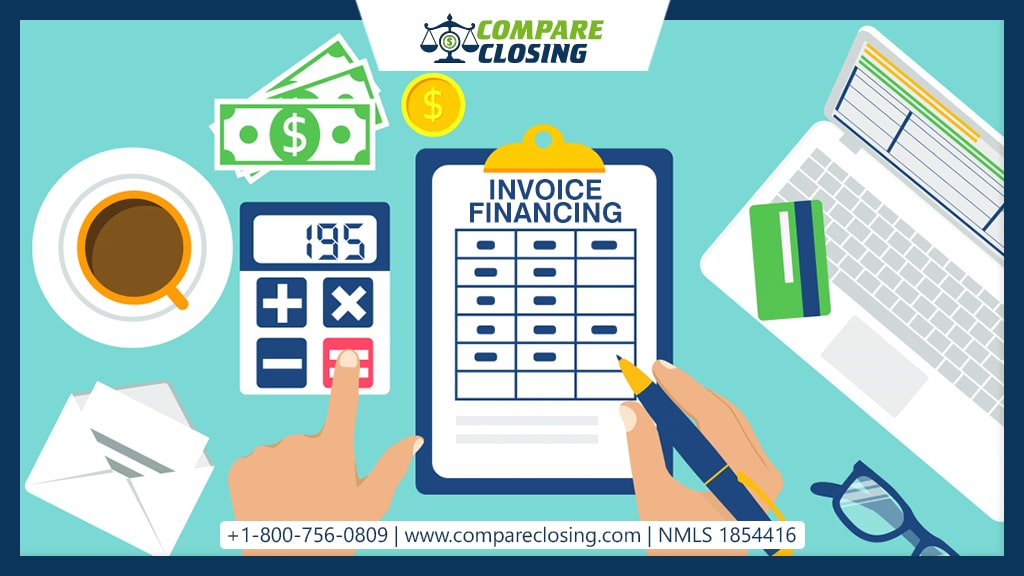Table of Contents
- What Are Netting Escrows & How Does It Work?: The Best Guide - January 2, 2024
- The Secret About Prescriptive Easement: Top Guide 1 Must Know - December 4, 2023
- About Home Equity Loans In Texas And How Can One Obtain It - November 27, 2023
Introduction To Invoice Financing
Running a business smoothly is no child’s play. There are many financial challenges that one business has to overcome to run its operation smoothly. Many companies need finance to maintain the study cash flow in their business.
In most loans, the company has to either submit collateral or income proofs to acquire loans.
However, there is one option where businesses can obtain finance based on their pending invoices. In this post, we will understand what is invoice financing and how it works.
What Is Invoice Financing?
Most businesses require working capital and not all companies have access to traditional financing. For such companies, the best option to get a loan is through invoice loans.
In this type of financing, the borrower will sell his/her pool of invoices that are pending to be paid by their buyers to the lender and the lender will in turn provide a loan based on the value of the invoices.
This type of financing is also known as receivable financing.
Invoice funding refers to the process by which companies can benefit from advances against outstanding invoices from their customers or buyers.
Instead, the company pays a certain percentage of this total invoiced amount to compensate its lender or bank.
Invoice funding refers to the process by which companies can benefit from advances against outstanding invoices from their customers or buyers.
Instead, the company pays a certain percentage of this total invoiced amount to compensate its lender or bank.
In this type of financing, companies can achieve their short-term liquidity needs by using a percentage of the amount of their outstanding invoices as loans. These unpaid invoices are considered receivables.
This means that companies will receive a fixed amount compared to the invoices issued. However, they are supposed to receive the payment from their customers or buyers at a later date.
By using this method to raise funds, companies can increase their cash flow, invest in operations to stimulate growth, pay their suppliers and employees, and support other financial necessities.
Invoice financing helps companies eliminate the need to wait for customers to pay their outstanding invoices and have direct access to the required funds, and has become one of the most popular forms of financing that companies opt for.
The customer survey showed that many companies chose this type of finance over any other form of financing available in the market.
How Does Invoice Financing Work?
Before you decide to finance your invoices, it is important to know how the whole financing process works.
- Most companies usually sell their goods and services to their clients (such as wholesalers and retailers) on a credit basis. This means that customers usually do not pay for such items and services in advance and will instead be paying at a later date. Now that the company sells its goods or services to clients, it allows them to pay the invoice within 30-90 days. Invoice funding is a process in which companies can immediately use the money based on these invoices, following the steps below –
- Once the invoice is issued, the companies hand it over to the selected lender.
- The lender then assesses this invoice and releases a percentage of its amount as a business loan. The time frame for the loan disbursement is based on the lender you are working with.
- The company can wait until the remaining invoice amount has been paid by their clients. In the event of non-payment, entrepreneurs can continue to make such payments or have a financier do so according to the agreement.
- Once the client pays this invoice, the companies will receive the remaining percentage of the amount on their invoice, in addition to the fixed service fee charged by the financier. Invoice finance allows companies to raise capital that would otherwise be blocked by invoices that are not being paid by the customers.
Conclusion
Invoice financing could be one of the most popular financing options out there. It gives the business direct access to liquidity and grows substantially.
However, it is important to check all the options available as most of the lenders will have fees associated with invoice funding. It is suggested to read all the terms of the financing thoroughly before you choose to go with this type of finance.
Amanda Byford
Amanda Byford has bought and sold many houses in the past fifteen years and is actively managing an income property portfolio consisting of multi-family properties. During the buying and selling of these properties, she has gone through several different mortgage loan transactions. This experience and knowledge have helped her develop an avenue to guide consumers to their best available option by comparing lenders through the Compare Closing business.





